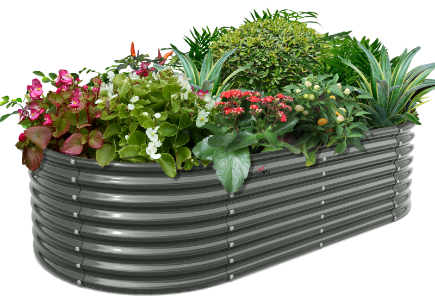The Importance of Non-Toxic Materials in Child-Safe Products: What Parents Need to Know
Body
As parents, ensuring the safety of our children is paramount. One critical aspect of this responsibility involves understanding the child-safe product materials used in the items we purchase. With increasing awareness of the potential dangers posed by toxic substances, it is essential to delve into the significance of non-toxic materials in child-safe products.

Understanding Child-Safe Product Materials
When we talk about child-safe product materials, we refer to substances that are free from harmful chemicals and toxins. These materials are designed to minimize the risk of exposure to hazardous elements that can affect a child's health. But what exactly constitutes a non-toxic material? Generally, these materials are derived from natural sources or are synthetically produced without harmful additives.
Why Non-Toxic Materials Matter
The importance of using non-toxic materials in child-safe products cannot be overstated. Children are particularly vulnerable to the effects of toxic substances due to their developing bodies and higher metabolic rates. Exposure to harmful chemicals can lead to various health issues, including:
- Respiratory problems
- Skin irritations
- Neurological disorders
- Hormonal imbalances
By choosing products made from safe materials, parents can significantly reduce these risks. Moreover, many non-toxic materials are also environmentally friendly, contributing to a healthier planet for future generations.
Identifying Safe Products
How can parents identify which products are truly safe? Here are some tips to consider when shopping for child-safe product materials:
- Look for certifications: Products that are labeled as "non-toxic," "BPA-free," or "phthalate-free" often meet safety standards.
- Research brands: Many companies prioritize safety and transparency. Investigate their sourcing and manufacturing processes.
- Read reviews: Other parents' experiences can provide insight into the safety and quality of products.
Common Non-Toxic Materials
Several materials are widely recognized as safe for children. These include:
- Organic cotton: Free from pesticides and chemicals, making it ideal for clothing and bedding.
- Bamboo: Naturally antibacterial and biodegradable, bamboo is a great choice for various products.
- Silicone: A durable and safe alternative to plastic, silicone is often used in kitchenware and toys.
Conclusion: Making Informed Choices
In conclusion, understanding child-safe product materials is crucial for every parent. By prioritizing non-toxic materials, you are not only protecting your child's health but also contributing to a safer environment. As you navigate the world of child-safe products, remember to stay informed and make choices that reflect your commitment to your child's well-being. Together, we can create a safer future for our little ones.










Comments